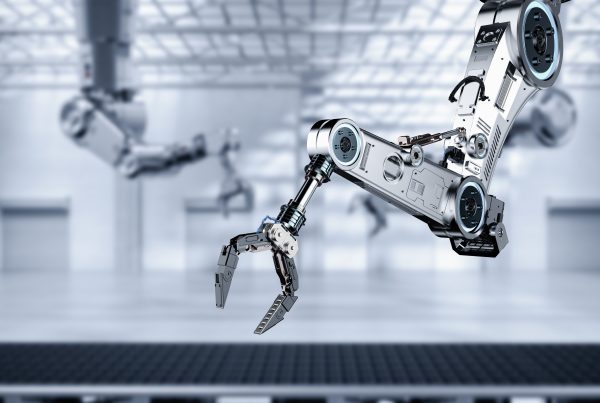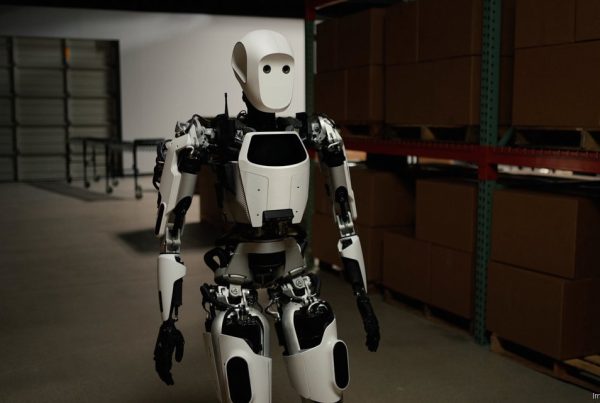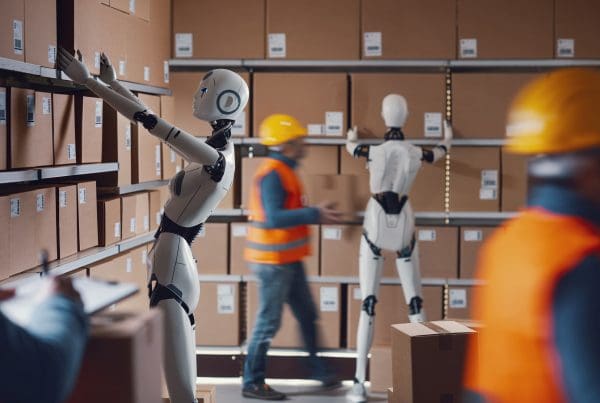机器人 & 仓储自动化
2022-03-25
Instacart:是阻碍还是推动自动化微观履行的动力?

Rueben Scriven
Rueben是全球仓储自动化行业中领先的研究分析师之一,经常在全球重要的行业活动上发表演讲,主持过多个行业研讨会。
San Francisco-based Instacart is the #1 online grocery platform in North America. The company has partnered with over 600 retailers to provide home delivery services. It enjoyed a boom during the pandemic and has continued to be the go-to delivery service for a great number of online shoppers. But its business model is creating waves in the retail community. One big question is whether Instacart (and companies like it) is going to ultimately be a barrier or a driver to the deployment of automated micro-fulfillment centers.
White label service: A new offer to keep retailers sweet
An increasing problem for retailers that use Instacart is that the company’s marketplace platform reduces customer loyalty, as they can browse the products of multiple sellers at once. Furthermore, Instacart has not been sharing the all-important sales data with retailers, leaving them in the dark. As a consequence, many grocers grew frustrated with Instacart, while some grocers made significant investments to provide their own in-house fulfillment solutions.
Sensing a turning tide, Instacart have therefore started to promote their white label platform. This allows individual retailers to manage the front-end of their own e-commerce arrangements, and harvest most of their own customer data by providing it with the software to manage the customer’s e-commerce experience. Meanwhile Instacart offers a Fulfillment-as-a-Service (FaaS) model, charging a fee to deploy and customize the solution, and an on-going fee to operate it. Some think that this approach will actually be more profitable than their standard business model.
It has recently been announced that Instacart is taking the white label service to the next level by opening micro-fulfillment warehouses that will stock goods on behalf of their white label customers. The warehouses will come as part of a service package which will also include customer data and advertising, but there is no word yet whether these new MFCs will be automated. Although we do know that, in 2021, Instacart signed a multi-year deal with US e-commerce robotics company Fabric with a view to launching pilot automated MFC concepts. However, none of these are (at the time of writing) operational.
Is manual fulfillment cheaper than automation?
This may have a negative effect on the uptake of automated MFCs. Instacart’s white label service offers a low CapEx alternative to developing an in-house fulfillment platform, whilst the retailer can retain its customer data and maintains customer loyalty. And it’s available at large scale: a 2021 report said that Instacart alone was using more than 500,000 human pickers to service 10 million active users. Furthermore, some grocers such as Kroger are using Instacart to fulfil the unprofitable same-day online orders whilst fulfilling the weekly-shop customer orders from its larger centralized fulfillment centers (CFCs) using Ocado’s technology. Instacart’s white label service therefore may be a boon for the future demand of automated CFCs.
There’s a long-run future for automated MFCs
However, as we discussed earlier Instacart is planning to build out its own network of MFCs which are likely to be kitted out with automation from Fabric. It’s been announced that Publix will be the first US grocer to leverage this network, allowing the grocer to compete in the rapid delivery segment. While Instacart’s white label service may disincentive grocers to invest in their own automated MFCs, it’s possible that Instacart’s investments in its proprietary automated MFCs may offset, providing a net benefit to the automated MFC market.
To continue the conversation about automated micro-fulfillment, get in touch with Rueben today: Rueben.Scriven@InteractAnalysis.com
最新机器人&仓储自动化洞察

2025年全球工业机器人出货量有望复苏

人形机器人核心硬件的发展现状和趋势
